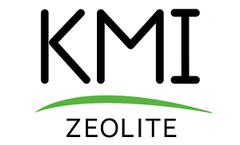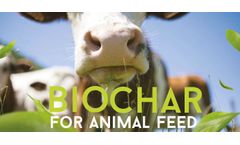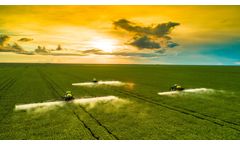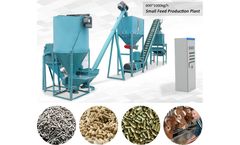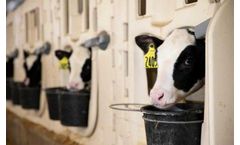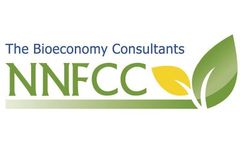Ruminant Animals Articles & Analysis: Older
10 articles found
Feed Additive Zeolite is used widely by livestock farmers as an animal feed additive for beef cattle, dairy Cows, Swine, poultry (broilers & egg production), and sheep. Since Zeolite is the World’s only naturally occurring, negatively charged, mineral a great number of benefits in the feed process can result from the basic chemistry of the zeolite as an ...
Advantages of Biochar Animal Feed 1.1 Enhanced Nutritional Value: Biochar animal feed offers a unique advantage in enhancing the nutritional value of livestock diets. ...
Optimisation of the composition of animal diets or the use of additives for feedstocks to reduce methane produced by ruminating animals are all options to reduce emissions from livestock farming.5,6 For crops, maintaining good quality soil conditions plays an important role in minimising emissions as building organic carbon content in soil helps ...
Cellulase derived from fungi is mainly used in animal husbandry and feed work. 2. According to the degradation mechanism The cellulase reaction is different from the general enzyme reaction. ...
In recent years, more and more farmers who feed cattle, cow, sheep and other animals choose to make their own animal feed by purchasing a small set of ruminant animal feed production plant. ...
Creating lifelong immunity in baby calves has never been more important. A proactive approach to health, nutrition, and management is a must from day one. Having a proper program in place not only improves the health of the animal, it can improve resilience to stress and disease. By implementing adequate colostrum protocols, feeding a consistent diet of whole milk or milk replacer, and ...
Agriculture in the UK is responsible for 9% of total greenhouse gas emissions, with that number rising to 30% of worldwide total emissions.1 There are a variety of sources for such gases in agriculture, including methane production from livestock, carbon dioxide release on soil disturbance, and emissions from farm machinery.2-4 The question is how to reduce such emissions. Under the 2008 Climate ...
The primary sources of emissions associated with meat production come from the land-use change associated with pasturing, and from the animals themselves. Cows are ruminant animals, which means they produce large quantities of methane while processing their own food, which is then released to the atmosphere. ...
Top animal feed is a result of the exact application of composition during the production process as well as the use of stateof-the-art technology. The correct planning of the systems engineering is as important as the experience of the staff in the production department. When the Rothkötter animal feed plant was built in Haren-Hüntel, the company ...
RFO and phytin are indigestible by non-ruminant animals and contribute to decreased feed efficiency, reduced mineral adsorption, and phosphorous pollution in manure. ...

